The Evolution of Hanboks
Have you ever wondered where traditional outfits and dresses have originated from? They’re usually colourful and unique with a lot of history behind each piece. Hanbok (한복), Korea’s traditional outfit, has already received a lot of exposure and attention thanks to the popularity of K-dramas along with K-pop stars wearing modernised Hanbok. If you’ve watched some historical K-dramas, you would’ve noticed that some Hanbok look different. Just like how fashion is forever changing and evolving in today’s day & age, it was the same back in the historical period. Hopefully after this article, just by looking at the type of Hanbok in a K-Drama, you’ll be able to instantly know what era the drama is about!
Three Kingdoms of Korea era (37 BCE-676 CE)
 kpopmap
kpopmap
Let's first talk about the components of a Hanbok. Hanbok officially made it’s appearance during the Three Kingdoms of Korea era (37 BCE-676 CE). Hanbok for women consists of a top known as Jeogori (저고리), the skirt - chima (치마), and jacket - durumagi (두루마기). For men, there are also jeogori and durumagi, though the style differs from women's, and for bottoms, they have baji (바지) which are like pants.
 wikimedia
wikimedia
Though the top, skirt and pants existed for a while prior to this, the waist-length outer jacket (durumagi) wasn’t introduced until the Three Kingdoms Era. Women began to wear long, ankle length skirts while the noblemen wore loose pants, fitted at the ankles and long, belted tunics. At the same time, silk robes became a thing, but only for the royals and the clothes worn by regular people were simple and less colourful. This is the era where hanbok was heavily influenced by the Tang Dynasty.
Goryeo Dynasty Era
 Naver | The King in Love
Naver | The King in Love
The Goryeo Dynasty (year 918-1392) is when the look of Hanbok slowly started to change. The king married a Mongolian princess and the influence of Mongolian fashion came into play where the top and skirt became shorter and didn’t drag on the ground. This is also when the rule of the dress code amongst different classes lessened and there was less discrimination.
Joseon Kingdom era
 Netflix | Mr Queen
Netflix | Mr Queen
Next, Joseon Kingdom (1392 – 1897) was a significant turning point in the hanbok’s transformation. Women’s tops had changed to become shorter and more fitted. To prevent exposure of the skin, women wore a white band that lined the chest. This is the hanbok style many of us have come to know and appreciate today.
 35th Golden Disc Awards | JTBC
35th Golden Disc Awards | JTBC
Hanbok is still loved by many and there are so many modernised versions of Hanbok that can be found online and worn by celebrities. If you love K-Culture and are travelling to Korea soon, you can hire Hanbok for an affordable price whilst visiting the famous Gyeongbokgung Palace and be the main character of your own K-drama!












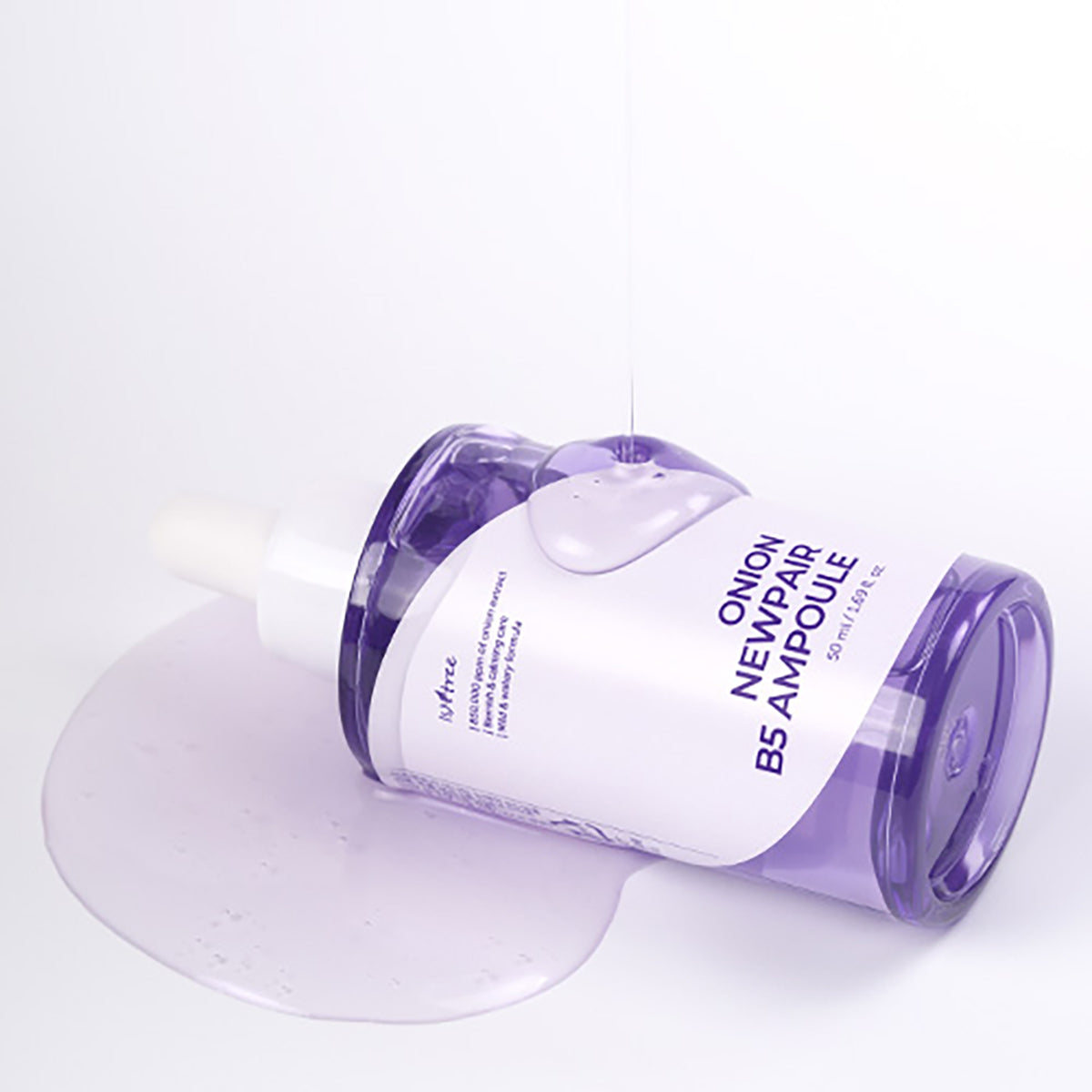
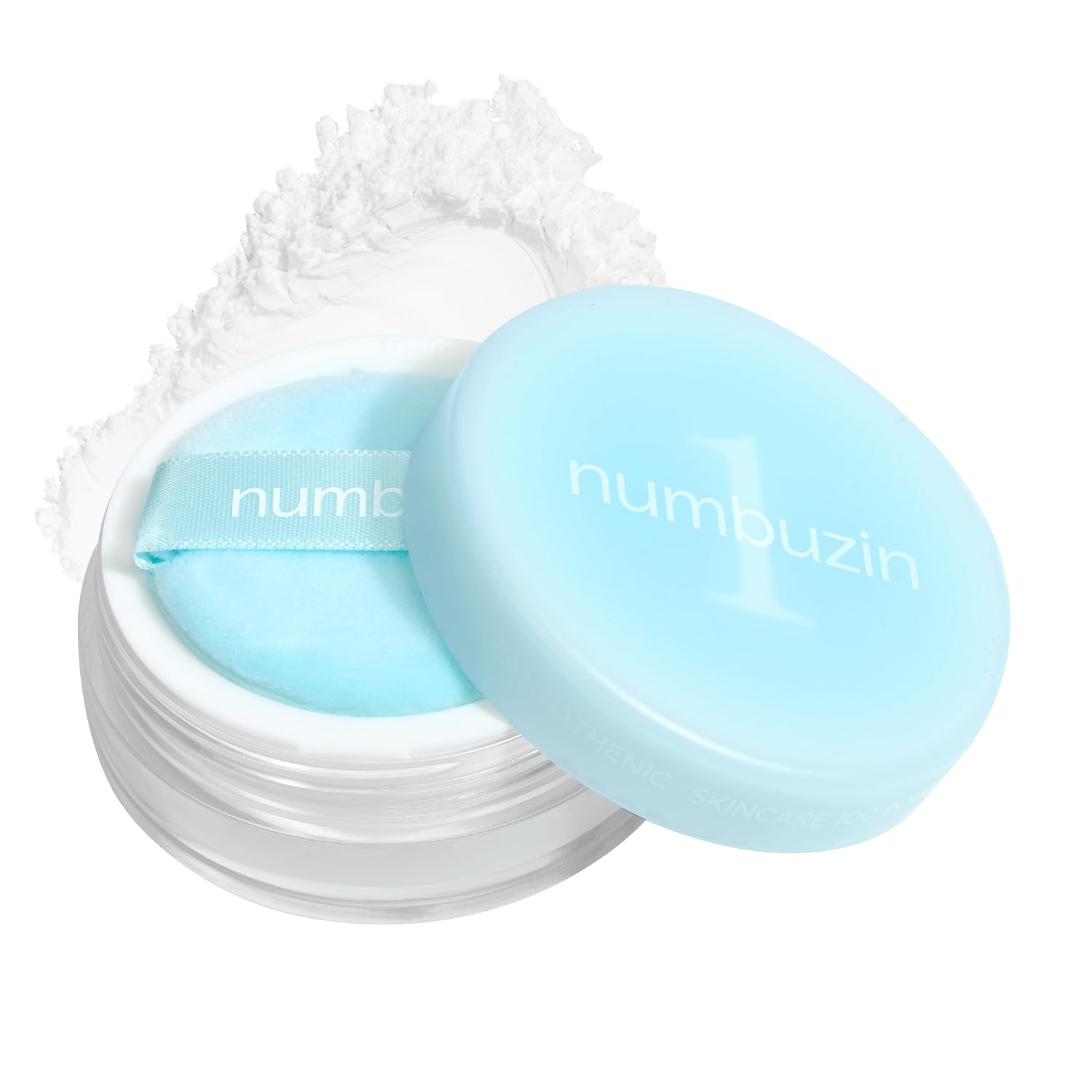
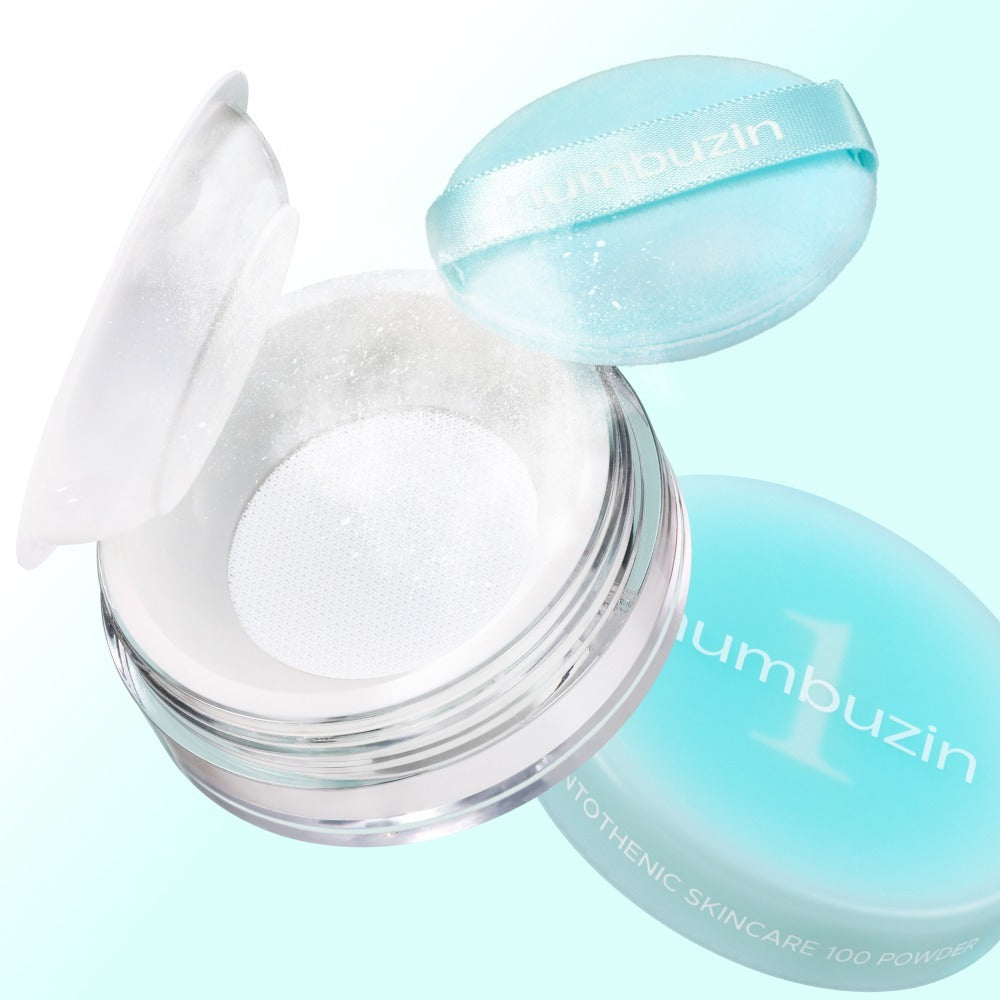

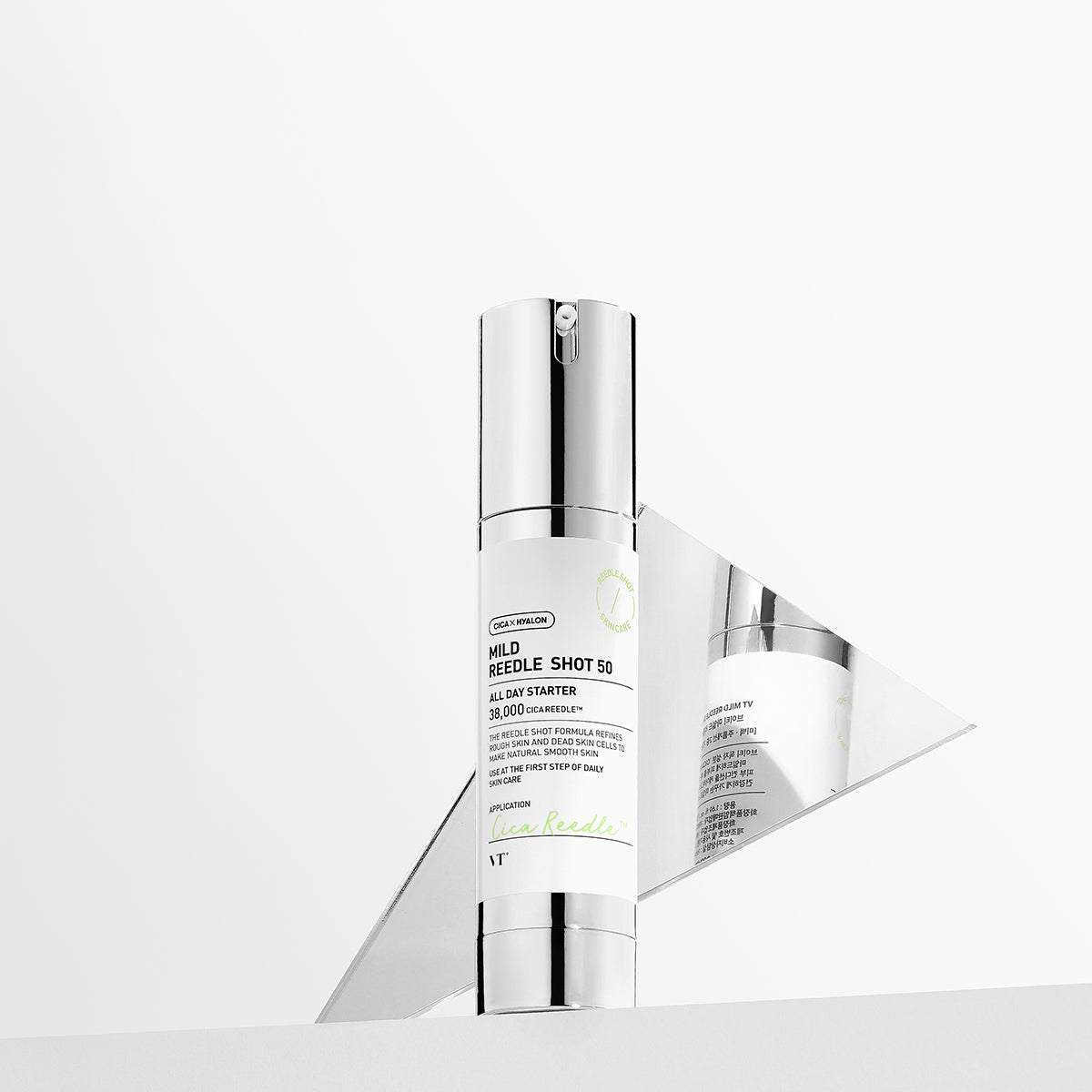
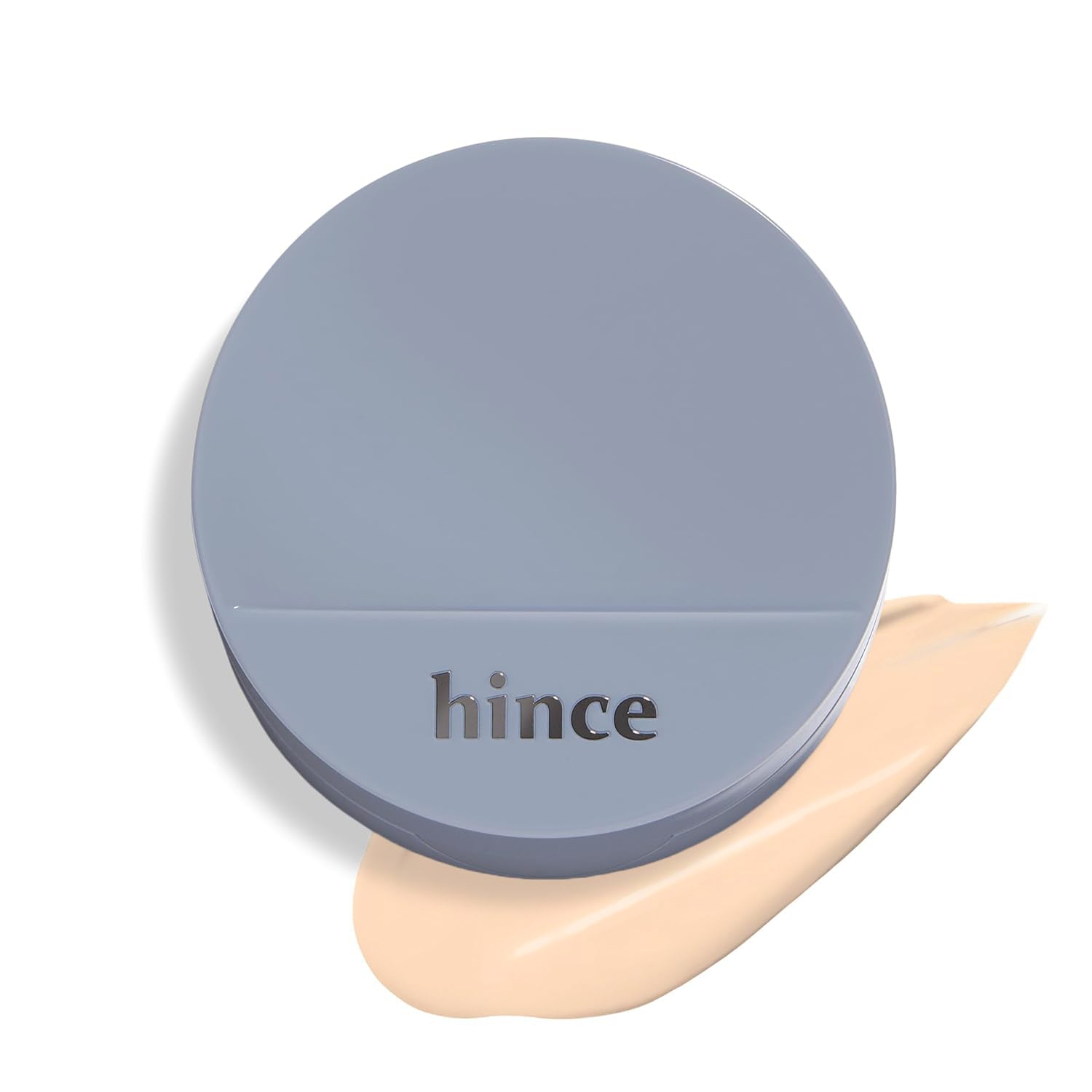
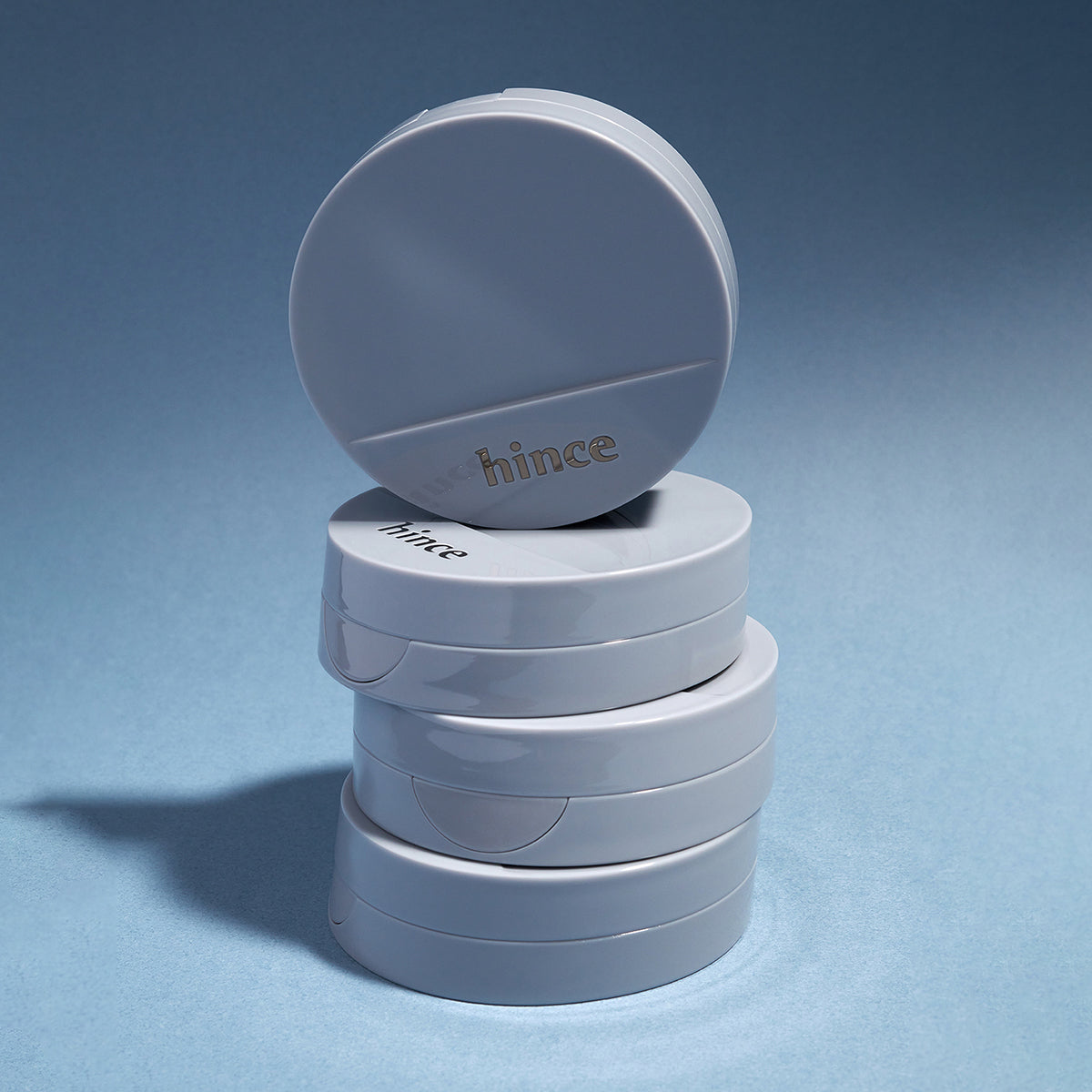
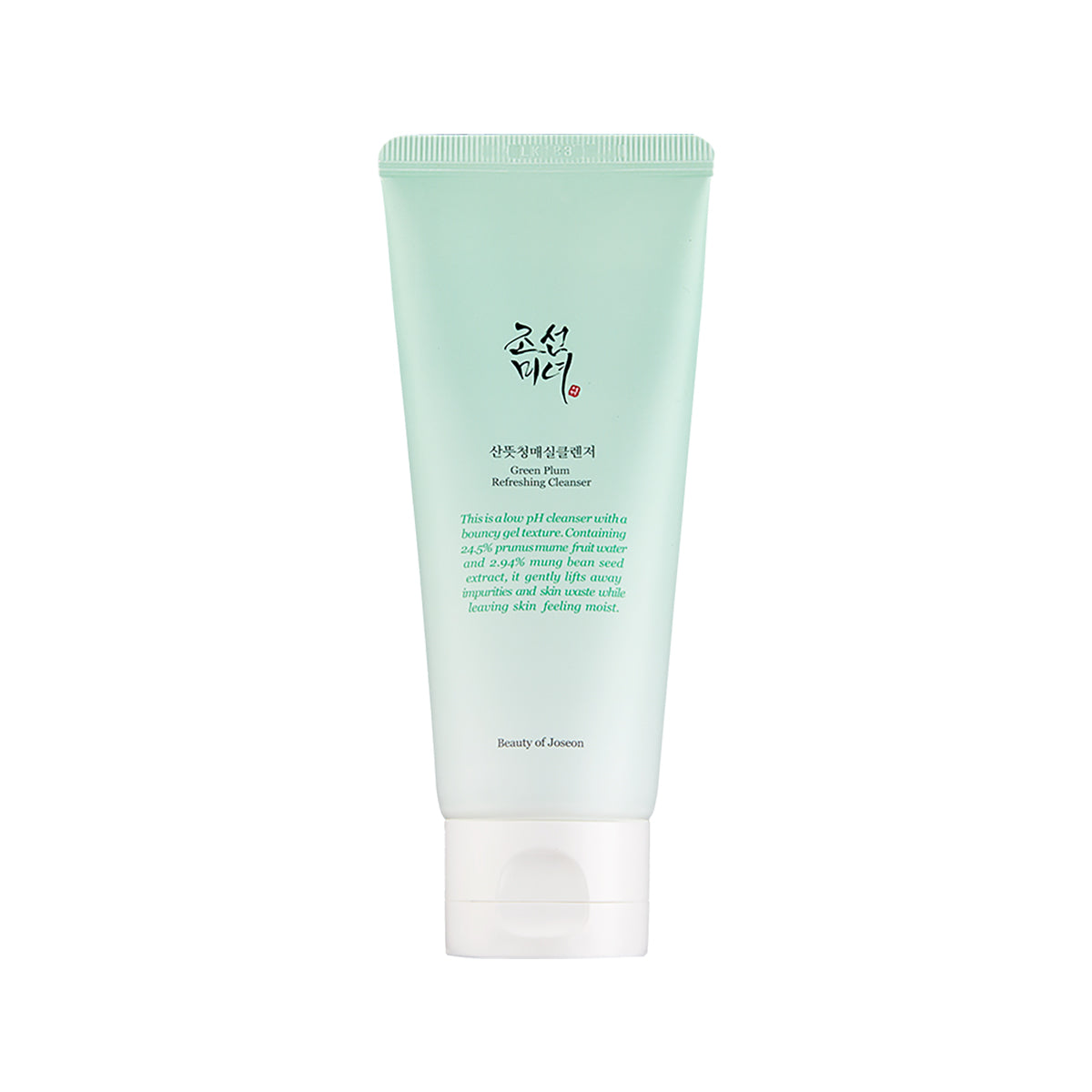
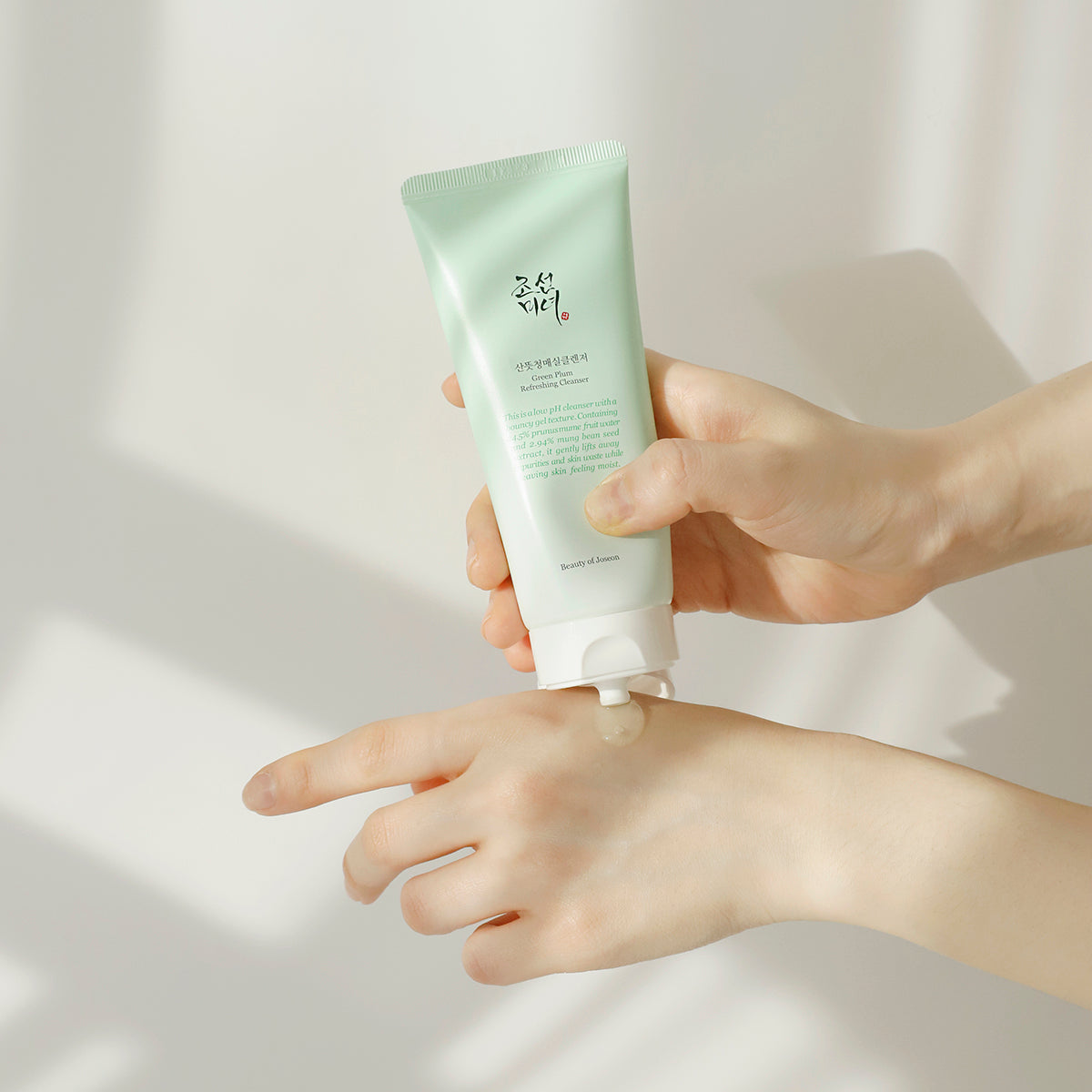
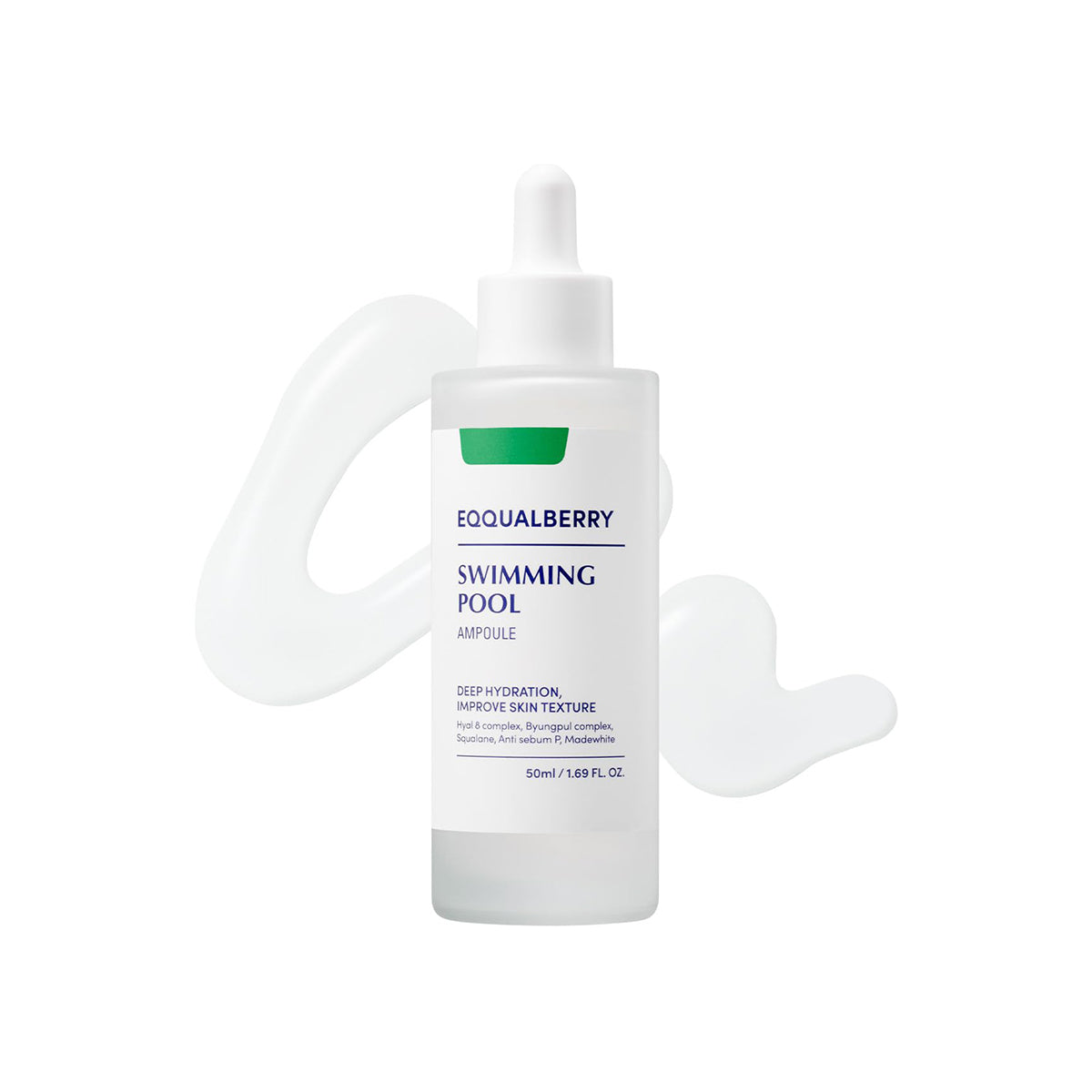


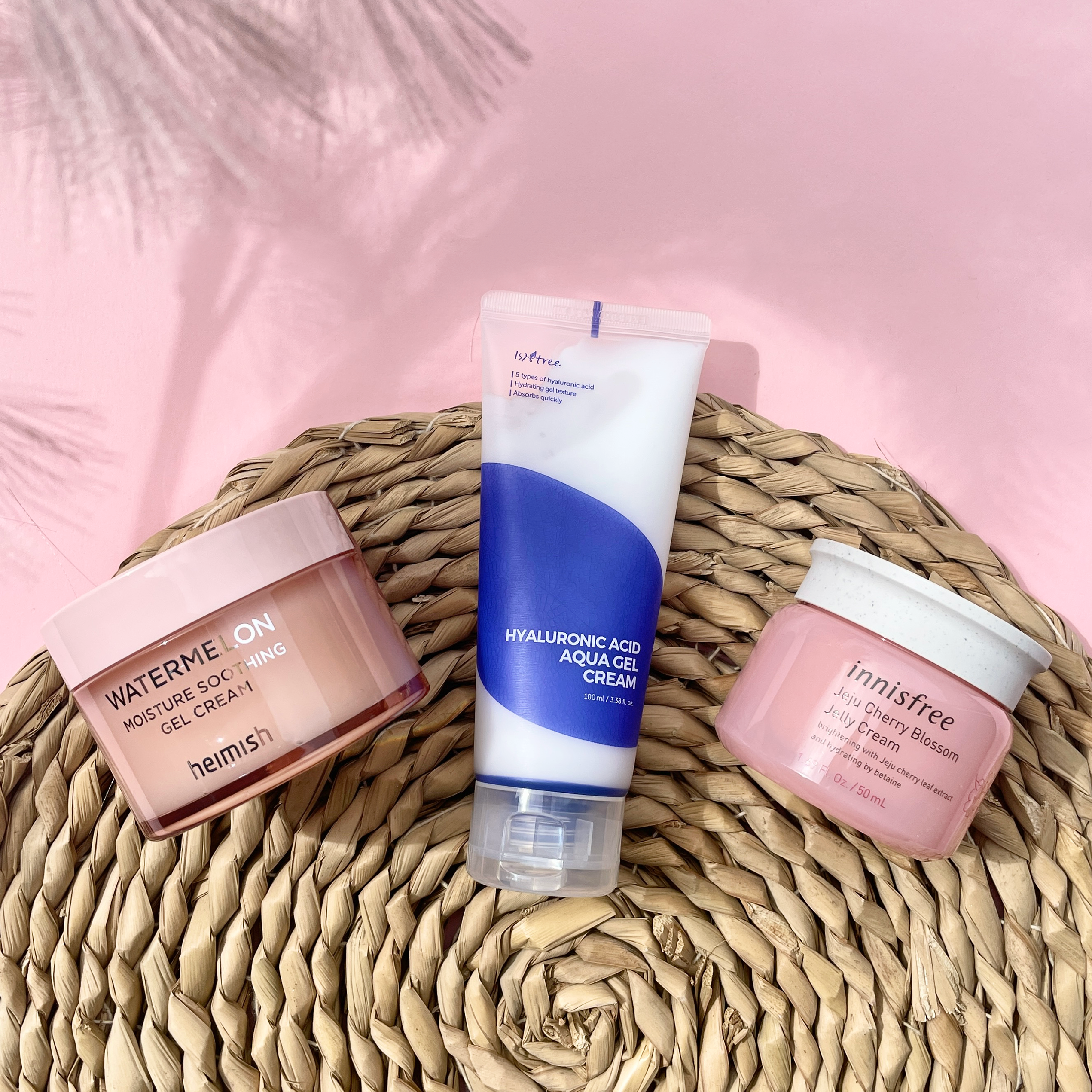

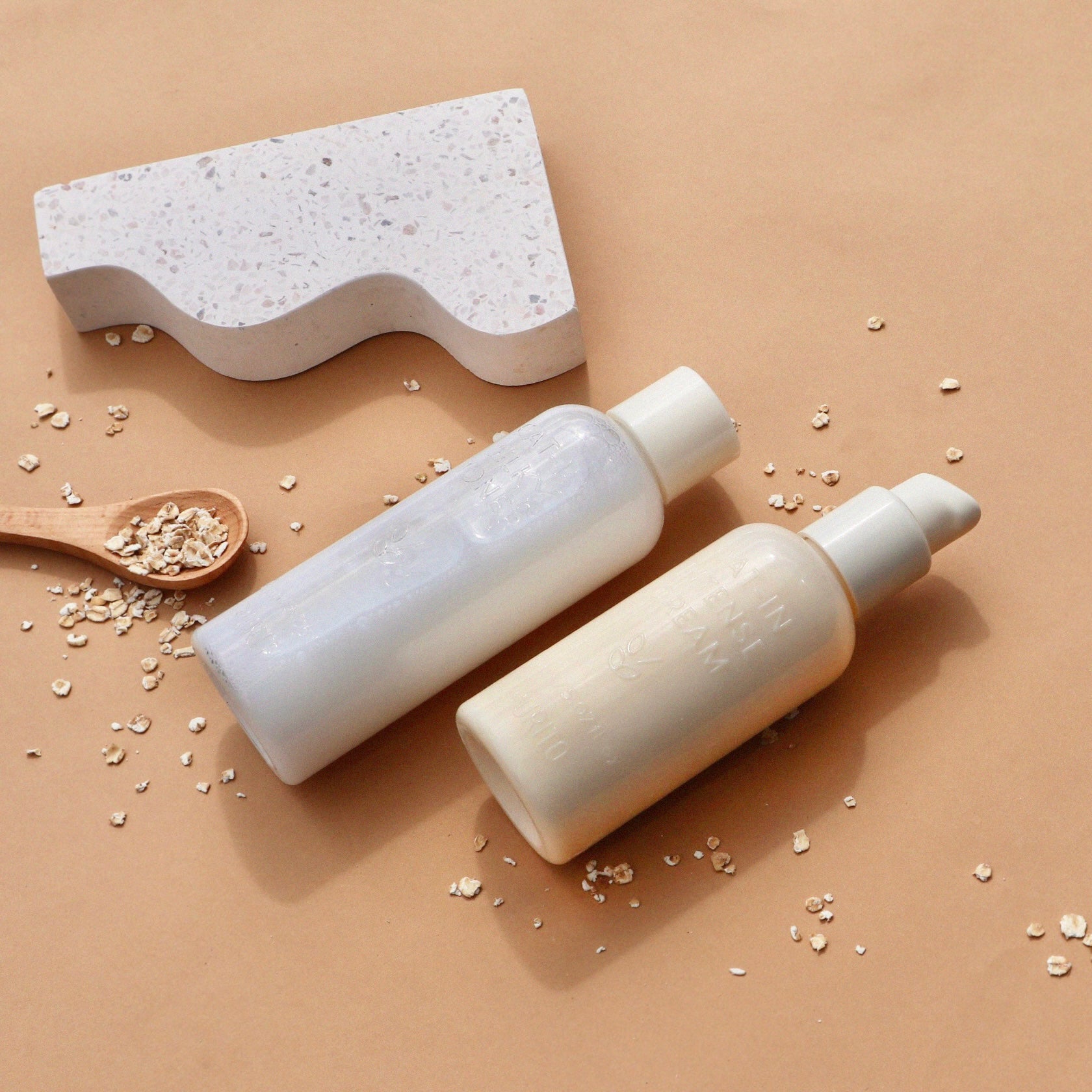
Leave a comment